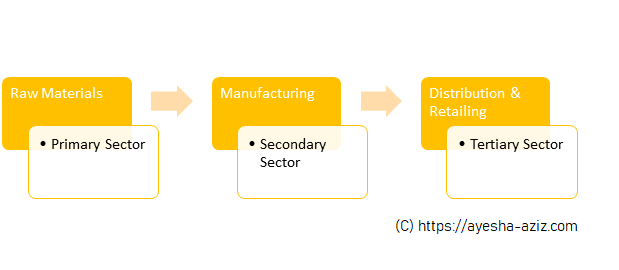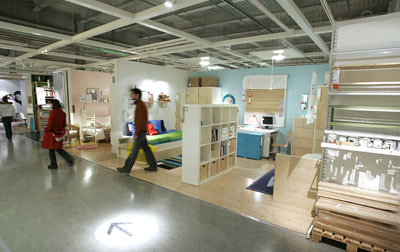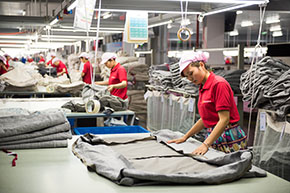Sustainable supply chain is the goal that almost every major brand wants to achieve and maintain. Industry can learn a lot from IKEA when it comes to achieving and maintaining a sustainable supply chain. IKEA is known for being a global leader in affordable furniture and allied home furnishing products but amazingly this outcome is not achieved at cost of quality. “To create a better everyday life for the many people.” Is the vision that has led IKEA to its brand repute in 36 countries. It has been a sixty years journey that has made this possible for IKEA to be known for a brand that does not sacrifice quality at the altar of low price.

While a customer is mainly concerned with the finished products at any outlet, the product has to pass through myriad steps in a supply chain to reach its final form. Before reaching the customer, the product has to pass through supply chains of primary, secondary and tertiary sectors. This implies that the entire process is significantly complex and there is a huge amount of work that gets done outside the direct control of IKEA. Complexity of the process chain puts IKEA in a very responsible position and IKEA has to assume full responsibility of the entire process from start to the end to be known as a champion of sustainable supply chain.
The nature of the supply chain of IKEA makes it important that IKEA ensures that the primary sector processes involving raw material procurement and handling do not cause any damage to the environment at any stage. For ensuring a sustainable supply chain, IKEA also needs to ensure that the manufacturing processes are aligned to the ethical and moral vision of IKEA.
In the primary sector, IKEA procures raw material from more than one thousand suppliers based in fifty countries. Trading services offices of IKEA are spread all over the world and these offices not only negotiate commercial terms with the suppliers but also ensure that the procured material does not impact the environment in any way throughout its life cycle. Work conditions and social impact of the supplier’s business is also a key factor that is considered by IKEA. An important tool that is used by IKEA to manage the environmental impact of its products is e-Wheel. Learn more about IKEA’s sustainable supply chain management through e-Wheel here.
IWAY (IKEA Way of Purchasing Home Furnishing Products) is the code of conduct used by IKEA to ensure that the supplier’s activities stay aligned to the environment conservation concerns of IKEA. The suppliers have to agree to the ideology, rules and guidelines provided by IWAY. An important theme of IWAYS is ensuring that there is minimum waste. IKEA encourages suppliers to minimize waste by reusing the waste for other products and processes.
Manufacturing processes in the secondary sector transform the raw material to finished products. Efficiency of product design is a key element of sustainable supply chain management at IKEA. This implies that the products are designed in a manner which ensures optimum utilization of the materials and minimum wastage during the manufacturing processes. Some interesting examples of this concept are tables with hollow legs and substitute materials for table tops instead of solid wood. Use of recycled plastic, material clippings and filings instead of expensive material are other examples of intelligent designs that ensure minimum wastage of environmental resources.

In the tertiary sector, IKEA has ensured sustainable supply chain management by adopting unconventional yet very efficient methodologies. These initiatives are streamlined and coherent, and hence start right from the product design. Many products are designed to be stack able. This makes storage and transportation very efficient and saves a lot of resources in terms of space and transportation energy. IKEA provides a unique buying experience to the customers by providing them an opportunity to pick and choose products displayed in realistically furnished environments and yet allowing them to customize their purchase by allowing them to buy modular parts instead of a finished and assembled product. Un-assembled products not only give a unique experience to the DIY oriented customers, but also save enormous amounts of storage space and transportation energy resources. The savings in costs are shared with the customer and it’s a win-win situation not only for the customer and IKEA, but also for the environment and the society.
Sustainable supply chain management at IKEA is a continuous and ongoing process with an emphasis on aligning the commercial activities to the ethical and moral resolve of the organization. Ayesha maintains that IKEA has been able to become a champion of sustainable supply chain management by diligently focusing all stages of the supply chain starting from primary sector to the sale of end product in the IKEA store.
